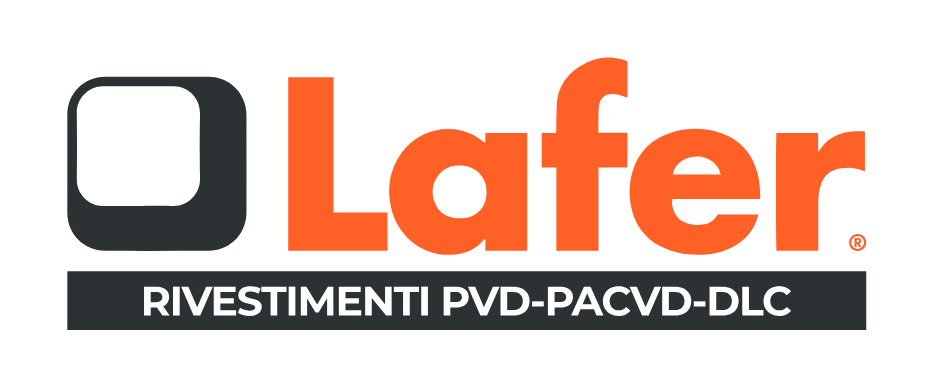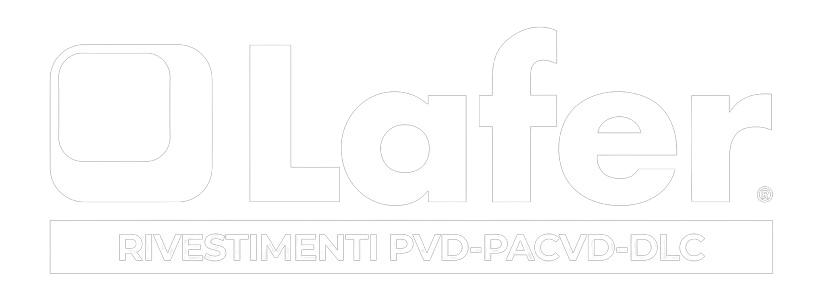Which coating can meet your needs?
Select the desired application and choose the issue to be resolved to identify the ideal coating for your processes.
Application Techniques
Cathodic Arc
Cathodic arc refers to a material evaporation technique used for creating coatings through thermal processes. This means that an electric current locally melts the metal, generating ions that are projected outward.
In the presence of reactive gases, these ions combine into a plasma which, guided by magnetic and electric fields, enables the coating to be built atom by atom on the substrate to be coated.
Magnetron Sputtering
By creating specific conditions within the coating chamber, Magnetron Sputtering technology can be used to deposit thin-film coatings.
When a high potential difference is applied to the metallic target in the presence of specific ionizing gases, a plasma is generated that dislodges metal ions from the target, allowing them to recombine with process gases. This mechanism enables the deposition of particles onto the surface of components, resulting in the growth of a uniform, compact, and dense film.
PACVD
PACVD technology combines a predominantly physical deposition process with a chemical one. Specifically, while the adhesion and support phases are achieved through physical evaporation methods, using actual metallic targets, the functional layer of the film is deposited by generating a purely gaseous plasma.
Unlike CVD (Chemical Vapor Deposition) technology, which relies on extremely high temperatures to activate the deposition, PACVD operates at significantly lower temperatures, making it suitable for a wide variety of materials.


















